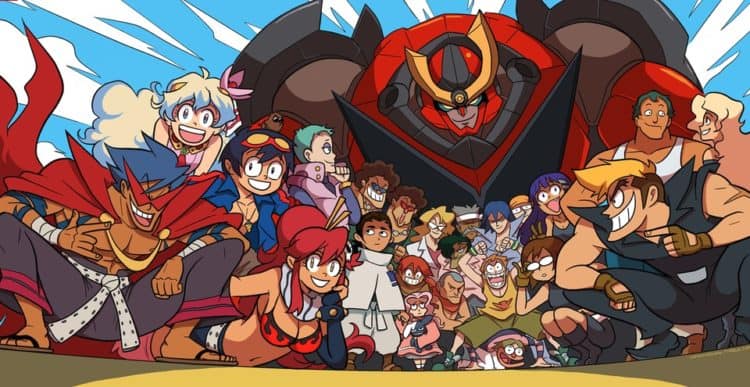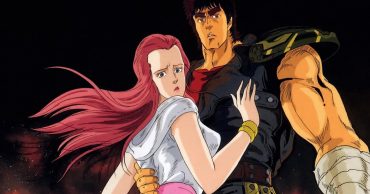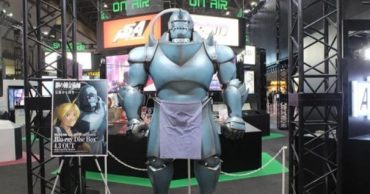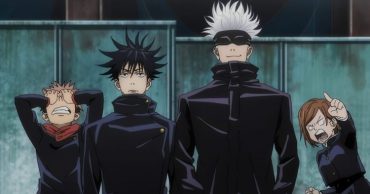
Gurren Lagann, a Japanese mecha anime series that aired on TV Tokyo in 2007, has captured the hearts of fans worldwide. With 27 episodes, the series was written by Kazuki Nakashima and directed by Hiroyuki Imaishi. It later spawned a manga version, a Nintendo game, and even films. But there’s more to this anime than meets the eye. Here are 10 things you probably didn’t know about Gurren Lagann.
1. The Meaning Behind Gurren Lagann
In Japanese, Gurren Lagann translates to “Pierce the Heavens.” Set in a future where Earth is ruled by the tyrannical Spiral King, Lordgenome, humans are forced to live underground in isolated villages. Two teenagers, Simon and Kamina, dream of reaching the surface and, along with other brave humans, join forces to overthrow Lordgenome. They discover that humans are under constant attack by gunmen machines piloted by Lordgenome’s army. The humans eventually seize control of the machines and defeat the Spiral King, but not without losing Kamina in battle. The humans then form a government and continue to protect the planet and the universe from invaders.
2. Gurren Lagann’s Popularity
When Gurren Lagann first aired on TV Tokyo in 2007, it was met with widespread acclaim. The United States and the United Kingdom quickly obtained licensing to broadcast the show. A manga version was published by ASCII Media Works from 2007 to 2013, and four novels were released between 2007 and 2008. A Nintendo video game featuring the characters from Gurren Lagann was released in October 2007, along with a special episode of the anime series. In 2008 and 2009, two Gurren Lagann anime films hit the big screen.
3. Kazuki Nakashima: Playwright Extraordinaire
Not many fans know that Kazuki Nakashima, the writer of Gurren Lagann, is actually a playwright. He has penned numerous scripts, including the popular “Re: Cutie Honey.” Although he occasionally dabbled in anime writing, when Nakashima was asked to be the lead writer for Gurren Lagann, he eagerly accepted. He also wrote for the anime series Kill la Kill.
4. Gurren Lagann: Kid-Friendly?
Despite its dark themes and some risqué artwork, Gurren Lagann had to be made kid-friendly, as it was shown during a kid-friendly time slot. Some of the more risqué scenes had to be edited, such as an episode where a male character peeks into a women’s bathhouse, which is illegal in Japan.
5. The Studio Behind Gurren Lagann: Gainax
Gainax, the studio responsible for Gurren Lagann and other more adult anime, faced a lot of criticism for the show. Co-founder Takami Akai eventually grew tired of the backlash and retired from Gainax’s board, no longer working with anime.
6. The Symbolism of Simon and Kamina
Even die-hard Gurren Lagann fans may not realize that the names Simon and Kamina are symbolic. Kamina means “God” in Japanese, while Simon is named after Simon Peter, an apostle of Jesus Christ. Other biblical symbolic characters include Yoko as Mary Magdalene, Rossiu as Noah, and Lord Genome as Satan.
7. The Allure of Mecha
Mecha are popular characters in many Japanese anime, and their exciting visuals are one of the biggest draws to Gurren Lagann’s story. The Tengen Toppa is the largest mecha in any anime series, standing at an astounding 10 million light-years tall.
8. The Reason for Killing Off So Many Characters
It may seem like a lot of popular characters are killed off in Gurren Lagann, including heroes. The reason for this is that the series’ budget couldn’t accommodate all of the characters. Interestingly, the film “Lights in the Sky are Stars” features many characters and plotlines that couldn’t be included in the original TV series due to budget constraints.
9. The Mystery of Yoko’s Age
The age of Yoko Littner, a fan-favorite character, is never revealed in the Gurren Lagann series. Most fans believe she must be close in age to protagonist Simon, making her around 14 years old. However, it’s revealed in the series that Yoko doesn’t perceive age the same way as those who grew up underground, so her true age remains a mystery.
10. The Unique Episode 15
Gurren Lagann’s producers were held to a strict budget when creating the original TV anime series. However, Episode 15 stands out as being longer, larger, and more elaborate than most. This episode contains over 22,000 frames of animation, equivalent to one and a half episodes. Most of the anime was drawn by a single artist.
 Follow Us
Follow Us





